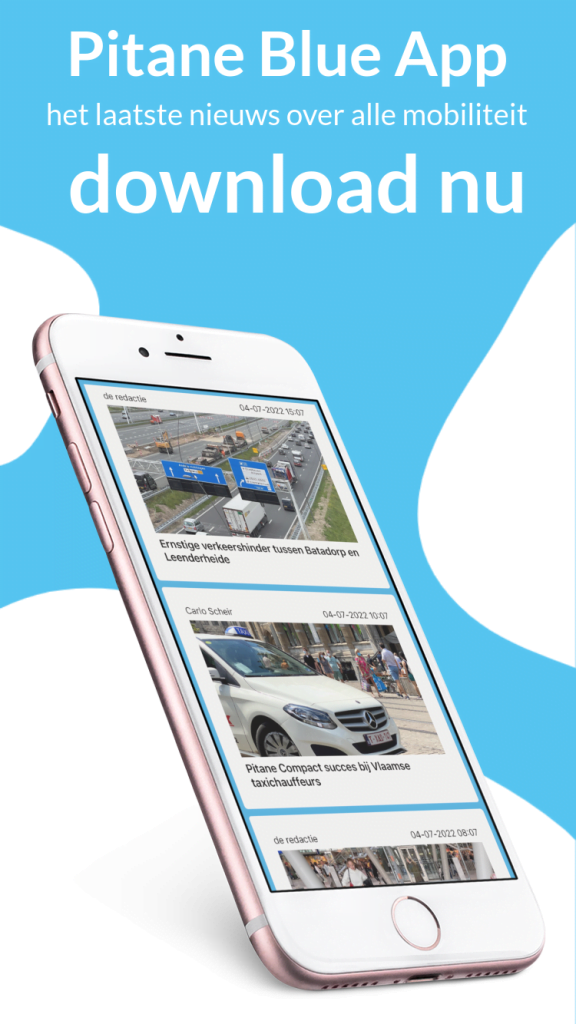Cycling for pleasure is immensely popular in our country. Together with walking, it is the best way to actively enjoy the city and the countryside. Recreational bicycle use has been growing for years. We not only cycle more, but thanks to the e-bike we also cycle faster and up to an increasingly older age. But the range of paths and roads is not designed for the increased and changed use. Cyclists are hindered by the crowds and would like more safety and comfort on bicycle paths and roads. The government has an important role to play here. Umbrella organization Fietsplatform therefore drew up a Top 10 for recreational cycling together with ANWB, Fietsersbond and cycling association NTFU.
Give cyclists space in the election program
The next state elections will be held in March next year. This offers the opportunity to set new priorities. The national organizations that stand up for the interests of recreational cycling provide concrete guidelines in the form of a Top 10 with recommendations on the way to the elections. The joint request: include the points in the election programs and then in the upcoming council agreement. So give the cyclist space. After all: good, attractive cycling infrastructure contributes to the major challenges we face in terms of health, climate and quality of the living environment. And it is of great value to the leisure economy. It costs relatively little, but yields a multiple of the investments in society.
Better infrastructure
The joint organizations advocate, among other things, an upgrade of bicycle paths, in balance with the environment and nature. “Bicycle paths, there are many of these in our cycling country, ranging from secluded paths through nature to paths – which are not very interesting for recreational trips – next to busy N-roads. It is important that these cycle paths are properly constructed, in line with their use. Where necessary, paths will have to be widened or better paved. That is always custom work; wide sheets of asphalt or concrete are not always the solution,” says Eric Nijland, director of the Bicycle Platform.
Spacious planning
The Top 10 also pays attention to the further development and accessibility of nature reserves and rural areas. Specific walking and cycling infrastructure must be created in collaboration with nature organizations and water boards. There is still a lot of untapped potential to improve the accessibility and accessibility of nature and landscape: additional links can be realized in many places, especially along water. This increases the capacity of the network and relieves busy paths and roads.
Control user flows
More and more often, crowds on the bike path cause a negative experience of a bike ride. There is work to be done to keep cycling fun and safe. The most important solution is to keep the supply of paths and roads up to date. According to Arjan de Vries, director at the NTFU, crowds can be spread better by offering good alternatives at the busiest places and times. One of the solutions in the recommendations is to enter into discussions with the user groups in order to arrive at good alternative route suggestions.
Facilities and organization & policy
Additional facilities are highly valued by cyclists, according to research. It is important to have a good spread of facilities such as benches, water points, charging points and public toilets. In addition, the Top 10 pays attention to integrated policy. This prevents divisions between recreational, sporting and utilitarian cycling, and between policy sectors and areas. In order to keep recreational cycling safe and pleasant in the future, action is needed now, according to the Rural cycling platform.



